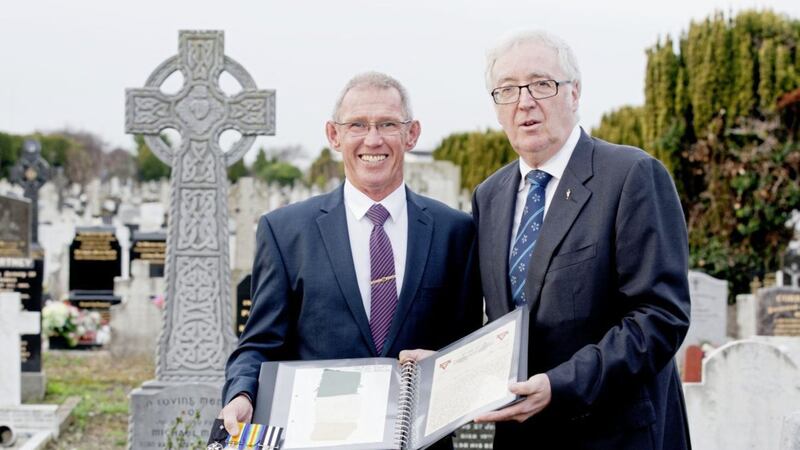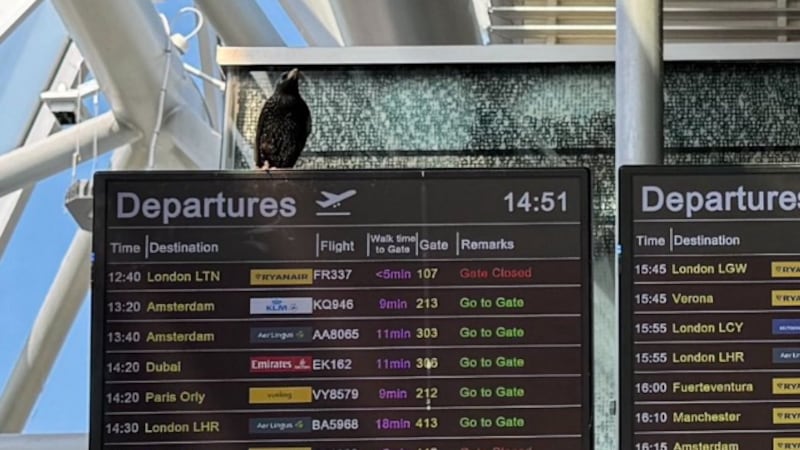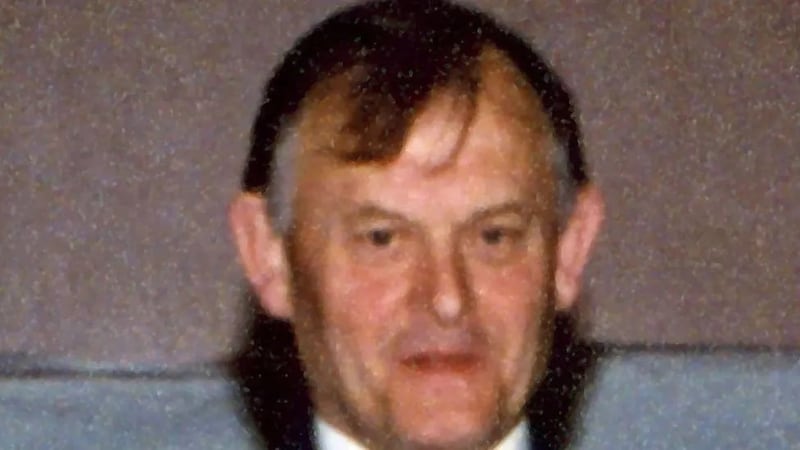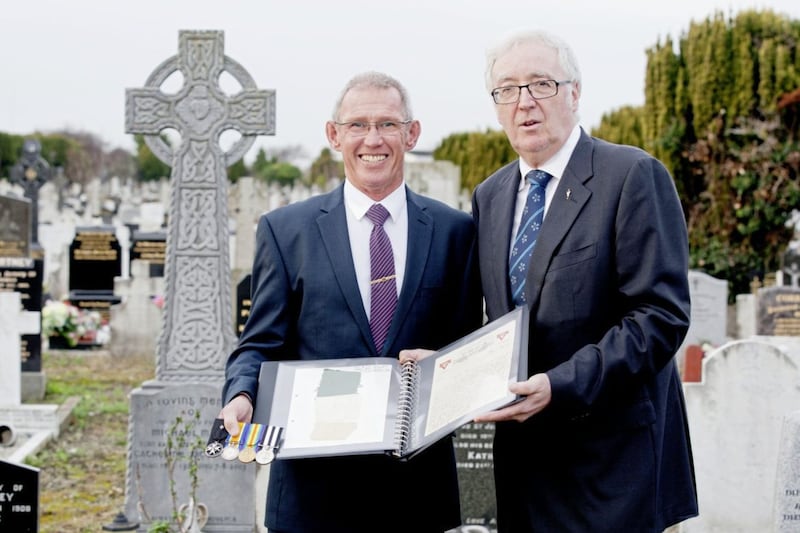A REMNANT of the Irish tricolour that flew over one of the frontlines in the 1916 Rising has been donated to Glasnevin Cemetery.
The piece of flag has been in Jersey for the last 100 years after a native of the island and a member of the British army's Jersey Pals Battalion climbed on to the roof of the Jacob's Biscuit Factory to take it down while under fire from rebel snipers.
It is the largest known remnant of the flag to have survived.
The Jacob's Tricolour was made after the flag over the GPO had been destroyed.
It was made by Thomas Meldon, George Ward and a third man known by the suspected nickname Derry Connell and nailed to a flagpole above the biscuit factory on Bishop's Street on the southside of the city.
It was taken down on Sunday, April 30, after the official surrender and one of the soldiers who climbed up to take it, John le Provost, secured a section of the three colours and sent it to his fiancee Mary La Singe in Jersey.
The flagmakers Meldon and Ward are buried in Glasnevin.
David Blake, great-grandson to Le Provost, attended the ceremony in the cemetery to mark the return of the remnant of the tricolour.
"It is only correct and necessary that the Jacob's Tricolour comes back home. I feel as if I had it for a reason, as if the family had been caring for the flag so when the appropriate time came, it should go back. This year is the appropriate time," he said.
Chief minister of the Jersey government Ian Gorst also attended.
"It is an honour to be involved in this ceremony, which will commemorate not just the brave and historic actions of the Jersey contingent but also the long-standing ties that exist between the people of Jersey and Ireland," he said.
John Green, chairman of Glasnevin Trust, said: "It is not only the symbolism of the flag returning to Dublin, to the final resting place of its makers but also the stories it enables us to tell. The story of the Jersey contingent and the Royal Irish Rifles – the story of how the flag went to Jersey."



